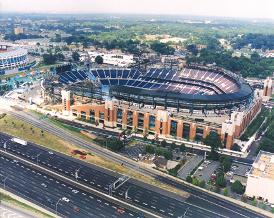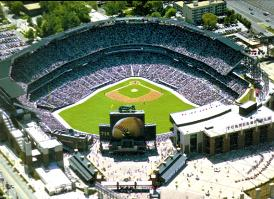|
Market Analysis The Organizing Committee determines the necessary capacities for the venues based on a market analysis. This may result in a temporary seating accommodation greater than the permanent capacity of many facilities. In the case of the Sydney Olympic Stadium, the permanent need was determined by the Olympic Coordination Authority to be a 65,000-seat stadium, with temporary need for an additional 15,000. However, the financial requirements of the BOOT Development Consortium required an additional 30,000 seats, which resulted in a capacity of 110,000. The International Olympic Committee does not set a minimum seating capacity, but suggests at least 75,000. It should be noted that these capacities represent nominal seating figures and that reduction in the overall capacity due to Olympic requirements (25,000-30,000 seats) should be anticipated. In Atlanta the Olympic Stadium was determined to not be viable as an 81,000 seat facility and was converted into a 48,000 seat baseball stadium for the Atlanta Braves (renamed Turner Field).
Politics One of the more complicated issues, but essential factors in planning the Olympic venue is politics, local, regional and national. Since a successful bid requires participation by all of the communities and constituencies in the bid city area, it stands to reason that a “spreading of the wealth” is necessary. Consensus in distributing venues and accommodations not only gets the entire community involved, but also can have a positive economic impact. Location of the venues will have political implications in terms of broader transportation and security issues.
|

